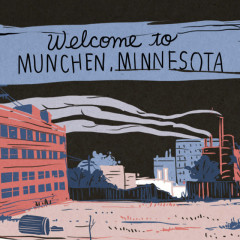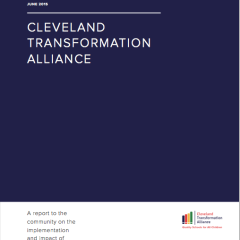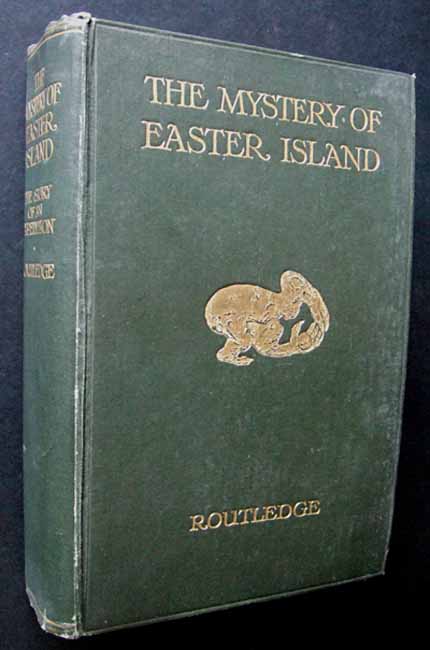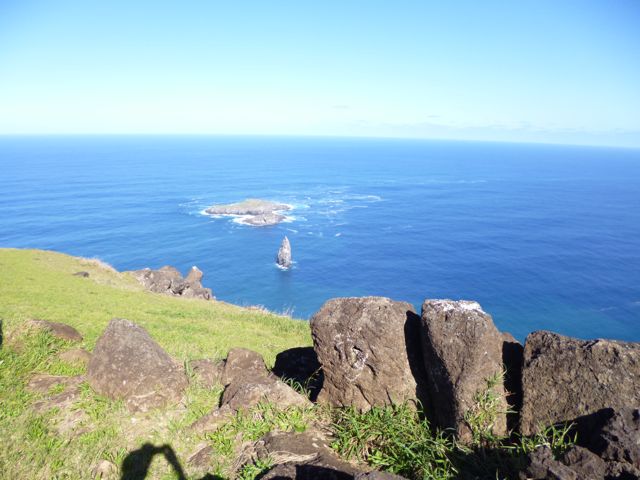I’ve been re-reading Katherine Routledge’s The Mysteries of Easter Island lately.
Routledge was a British aristocrat who, with her husband, sailed from England to Easter Island in 1914 to conduct one of the first ethnographic and archaeological surveys of the island.
It’s thanks to her that we know as much as we do about the brutal Birdman cult, for example. She also documented the ruined state of the moai platforms, which held the grand ancestral figures for which the island is famous.
(Hubby ended up institutionalizing her toward the end of her life, for paranoid schizophrenia. She always insisted she was completely sane.)
I’d only skimmed the book last year, after my own visit to the island. But this time I’m reading it more carefully, and stumbled on the following fascinating tale of survival — about an entirely different visit to the island shortly before Routledge’s.
In June 1913, an American ship called the El Dorado was plying its usual trading route between Oregon and Chile in the almost incomprehensibly empty expanse of the South Pacific. (Ships circled far out from the South American land mass to get better winds.) The captain was one R.N. Benson, who’d been a whaler earlier in his career, accompanied by a crew of 10.
A violent storm struck — the worst Benson had ever seen. The waves broke apart the timber boat like so many matchsticks, forcing the crew to take refuge in their lifeboat. They managed to salvage a few tins of milk, soup, biscuits and 20 gallons of water.
The storm didn’t let up, ocean waves crashing over the 20-foot boat. Somehow managing to read his navigation charts in the chaos, Captain Benson saw that the nearest land was Easter Island, 700 miles away. Because they didn’t have a chronometer to determine their longitude, they’d have to sail directly north first, adding 200 miles to the trip.
For days, the boat drifted. With 11 men in a 20-foot boat, there was no room to lie down. The men rationed out their meager supplies, sharing between them a can of soup and a tin of milk each day. With the ocean as rough as it was, their tiny supply of drinking water became contaminated with seawater. Desperate from thirst, some of the men tried to drink saltwater. To stop them, a crew member had to threaten to shoot the first man to succumb.
Finally, on the ninth day, they sighted Easter Island. Their relief was short-lived: The wind changed, preventing them from beaching on the coast for another two days.
When they finally did land, it was on the uninhabited east coast. Famished and dehydrated, the men had to trudge across the island’s entire 15-mile length to reach the sole settlement of Hanga Roa. They eventually reached the home of Percy Edmunds, who managed a sheep ranch on the island for the British conglomerate William Balfour Co.
Edmunds clothed and fed them, and Benson and his crew patched their boat.
In a strange postscript, after three months Benson decided to leave again — this time heading for Mangareva, 1600 miles to the East. In true American fashion, “I believe that he was buying his house at home on the installment plan,” Edmunds told Routledge, “and that if he did not get in the last payment by the end of the year the whole would be forfeited.”
Benson persuaded two of his men to go with him. As for the other eight, they stayed on Easter Island and married native women, according to this newspaper article, swearing never to return to the sea again. (Strangely, Routledge doesn’t mention any of these men in her account. You’d think eight American men would would stand out prominently among the 200 islanders.)
The men were again successful in their journey, then pressed on for another 900 miles to Tahiti. From there, they boarded a ship back home to San Francisco. Details of these final legs can be found only in Benson’s long out-of-print memoir, Captain Benson’s Own Story, which seems to sell for about $50-60 online. I’m tempted to pick up a copy!














